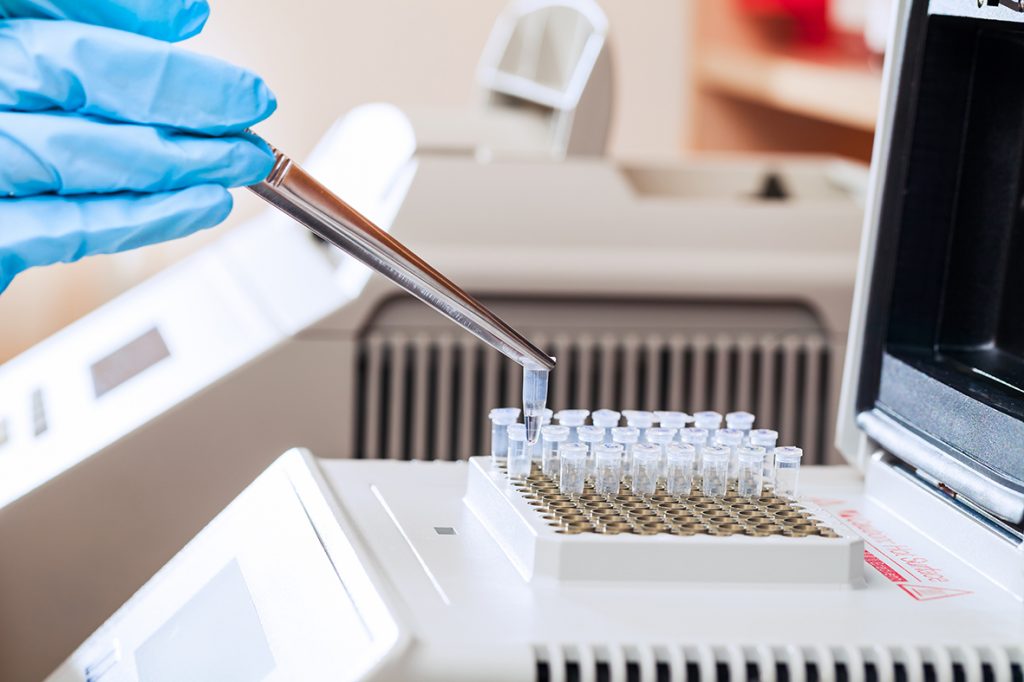Sequential doxycycline-sitafloxacin regimen for the treatment of Mycoplasma genitalium infections

Initial treatment with doxycycline for non-gonococcal urethritis (NGU) caused by Mycoplasma genitalium followed by resistance-guided therapy of sitafloxacin has been shown to be effective for infections in a population with high levels of antibiotic resistance.
A prospective study was conducted at the Melbourne Sexual Health Centre (MSHC) to evaluate patients treated by resistance-guided therapy for M. genitalium from 20 June 2016 to 15 May 2017.1 The study was initiated to evaluate the effectiveness of a new three-step approach introduced in 2016 for the treatment of NGU.
The first step involved a switch from azithromycin to doxycycline (100 mg twice daily for 7 days) for the treatment of NGU, proctitis, and cervicitis; M. genitalium-positive samples were then tested for macrolide-resistance mutations (MRM) using diagnostic-resistance polymerase chain reaction assays; and finally, treatment was administered based on the macrolide resistance results.1
After pre-treatment with doxycycline, patients with MRM-positive infections (n=167) were given sitafloxacin (100 mg twice daily for 7 days), while those with MRM-negative infections (n=77) received azithromycin (1 g for a day followed by 500 mg daily for 3 days).1 Of both treatment groups, 92.2% and 94.8% of patients were microbiologically cured, respectively. Bacterial load in urine – measured in 56 males with urethritis – was significantly reduced during and immediately after receiving doxycycline.
Mycoplasma genitalium is the causative pathogen of sexually-transmitted NGU, and is associated with cervicitis, pelvic inflammatory disease, and poor obstetric outcomes.1 Antibiotic susceptibility of the pathogen remains poorly understood because of difficulties in culturing M. genitalium – and is only performed in a few centres worldwide. Treatment of choice is also limited to macrolides or newer generation fluoroquinolones due to its lack of cell wall;1 however, macrolide resistance has been reported in more than 50% of diagnosed infections over the last decade.2-5
The high efficacy of azithromycin and sitafloxacin in the study population is attributable to a reduction in bacterial load due to doxycycline pre-treatment. This has been demonstrated in previous studies – doxycycline lowers bacterial load, rendering M. genitalium more susceptible to a subsequent antibiotic thus improving outcomes.6-8 In a separate study conducted at MSHC between 2012 and 2013, fluoroquinolone-associated resistance mutations were found in 20% of macrolide-resistant M. genitalium infections;9 however, the current study reported a lower failure rate (7.8%) with the sequential doxycycline-sitafloxacin regimen – suggesting efficacy of resistance-guided treatment.1
In the current study population, both sequential doxycycline-azithromycin and doxycycline-sitafloxacin regimens have resolved more than 90% of M. genitalium infections. The authors concluded that the implementation of the new approach provides an interim measure to monitor treatment outcome of both regimens, and further research is required to establish the contribution of each antibiotic to improve outcome.
Source
Outcomes of resistance-guided sequential treatment of Mycoplasma genitalium infections: A prospective evaluation.
PMID: 29873691
DOI: 10.1093/cid/ciy477
Link: https://www.ncbi.nlm.nih.gov/pubmed/29873691
References
- Read TRH, et al. Clin infect Dis 2018 Jun 5. doi: 10.1093/cid/ciy477. [Epub ahead of print]
- Gesink D, et al. Can Fam Physician 2016;62:e96-101.
- Getman D, et al. J Clin Microbiol 2016;54:2278-2283.
- Jensen JS, et al. Clin Infect Dis 2008;47:1546-1553.
- Gatrix J, et al. BMJ Open 2017;7:e016300.
- Read TRH, et al. Clin Infect Dis 2017;64:250-256.
- Read TRH, et al. Emerg Infect Diseases 2018;24:328-335.
- Guschin A, et al. BMC Infect Dis 2015;15:40.
- Murray GL, et al. Emerg Infect Diseases 2017;23:809-812.










